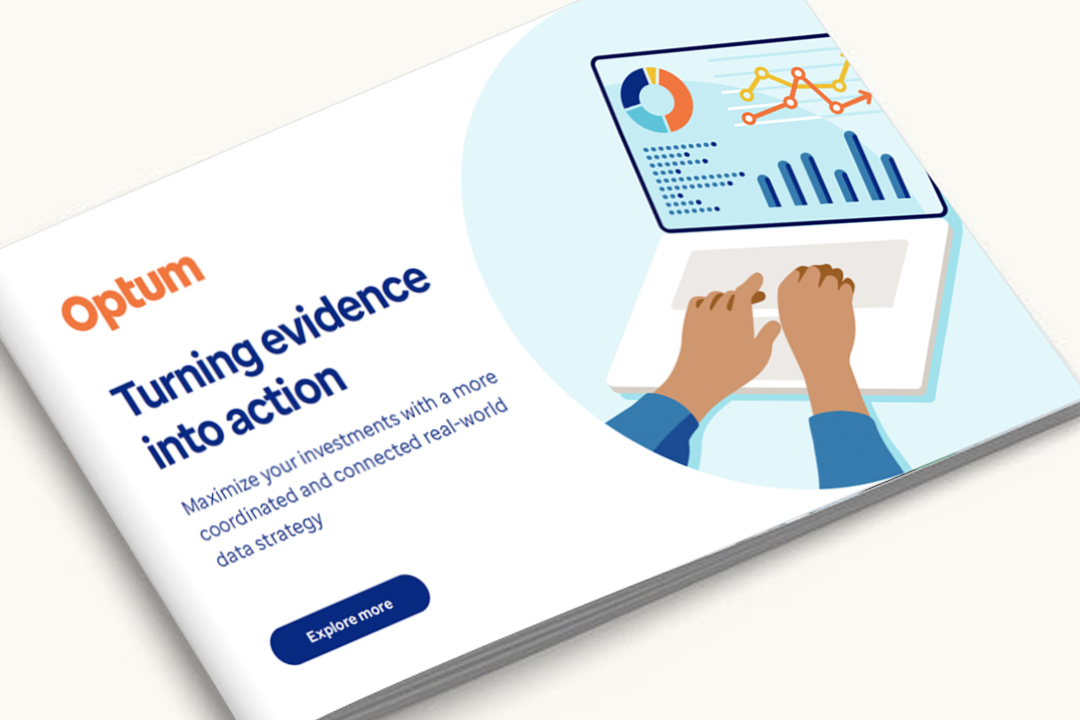Complexity with clinical trial protocols is the culprit
Over the past decade, clinical trial protocols have grown increasingly complex. The average trial now includes 26 endpoints, a 33% increase that strains both patients and sites. This complexity manifests in narrow eligibility criteria, excessive testing and procedures that don’t align with routine clinical care.
For example, protocols often include lab tests — like serum erythropoietin — that aren’t routinely performed in everyday practice. Without historical reference points, sites struggle to predict screen failure rates, leading to inefficient clinical trial recruitment and wasted resources.


![Forging New Paths to Create a Healthier World [E-Book]](/content/dam/optum-dam/images/business/pharmacy/transform-real-world-data-ebook-1080x720.png)

